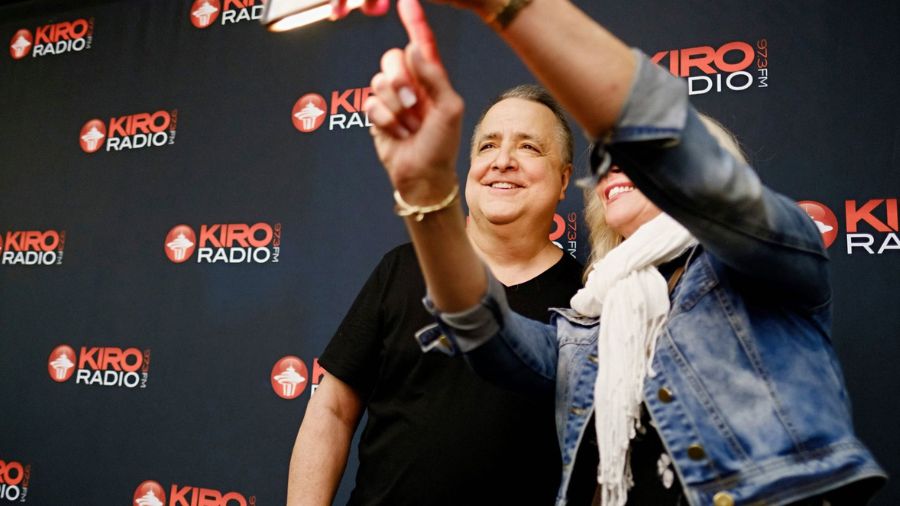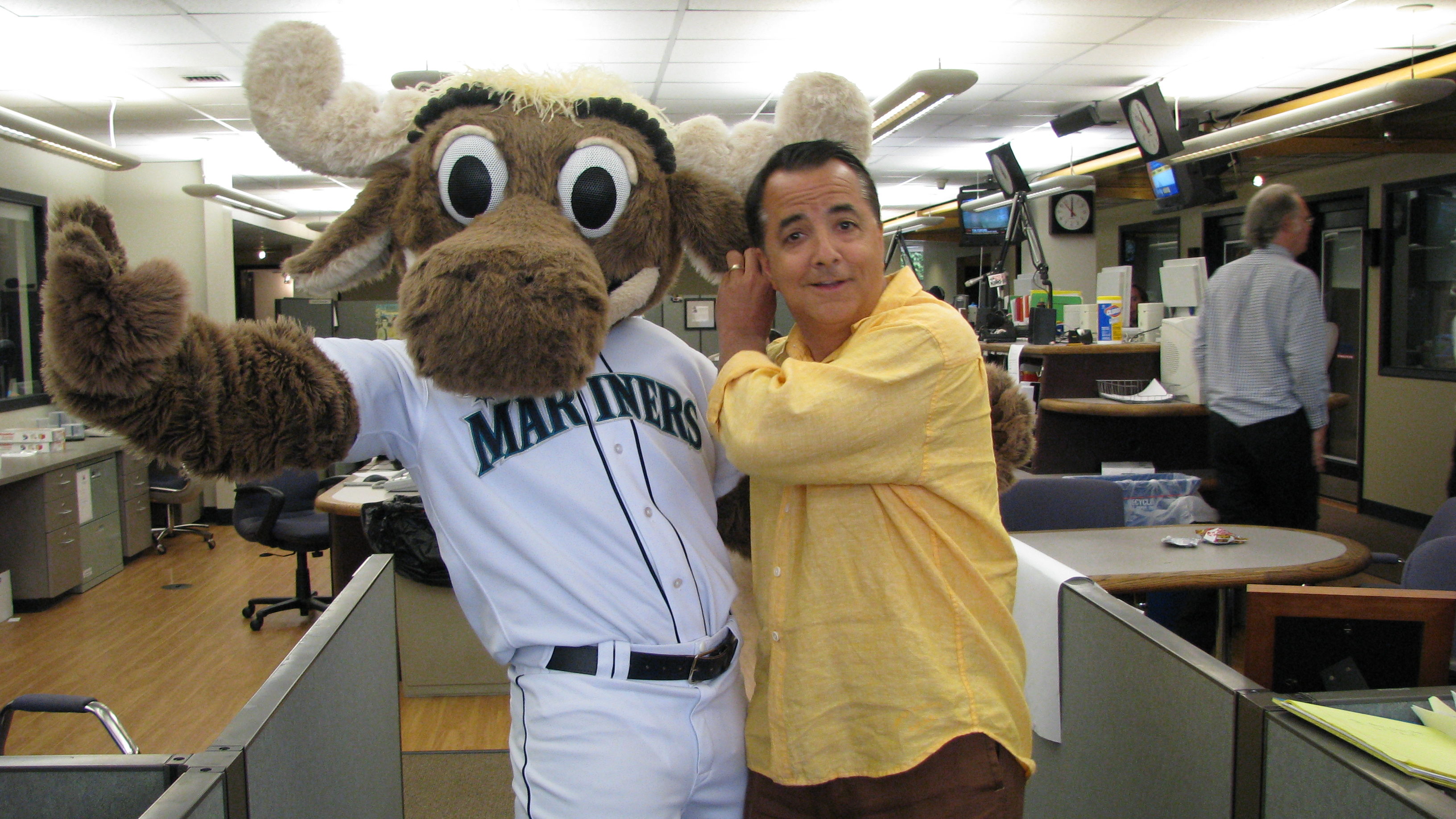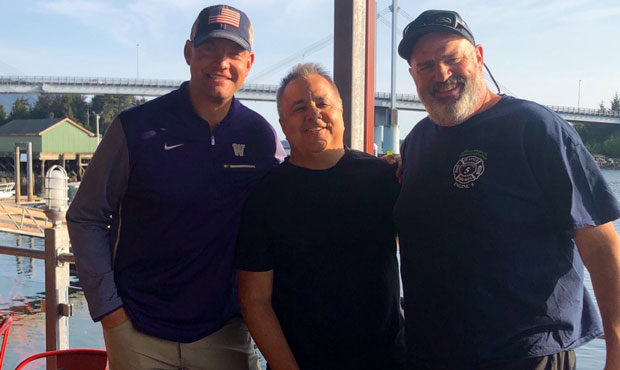Cliff Mass: Inslee wrong on climate change and western fires ‘by 180 degrees’
Sep 14, 2020, 4:43 PM

A tugboat travels through heavy smoke over Elliott Bay from West Coast wildfires on Sept. 11, 2020 in Seattle, Washington. According to reports, air quality is expected to worsen as smoke from dozens of wildfires in forests of the Pacific Northwest and along the West Coast descends onto the region. (Photo by Lindsey Wasson/Getty Images)
(Photo by Lindsey Wasson/Getty Images)
Recently, on national television with George Stephanopoulos, Gov. Jay Inslee said that climate change is almost solely the reason for the devastating fires all across the west. How much veracity is there to this? Cliff Mass, professor of atmospheric sciences at the UW, joined the Dori Monson Show to discuss.
What is his reaction to the governor’s comments?
“Well, in general, it’s not true. And one important thing you have to keep in mind is you have to talk about what fires you’re looking at,” Mass said. “Because different fires in different places have different origins. So the fires that we care most about the last week are the fires on the western side of the Oregon Cascades. Those fires were forced by extraordinarily unusual easterly winds with great strength and persistence.”
Air quality warning now in effect through Thursday across Puget Sound region
“It hasn’t happened in 50 to 70 years, as far back as the records go, so it’s very unusual,” he added. “Now, here’s the interesting thing. These fires, like all fires on the western side, are all associated with strong easterly winds. Our climate change models suggest that these winds will get less likely into climate change. So not only does Jay Inslee have it wrong, but he has it wrong by 180 degrees. Those kinds of strong winds from the east will probably weaken under global warming.”
The frequency of fires have long existed in the west, and also relate to forest management and suppression, Mass says.
“Wildfire is natural to the Western United States. In fact, wildfires were actually much more frequent if you go back 100 years or 150 years ago than now. What we did during the 1920s and 1930s — in that period, we started a real interesting experiment. We started suppressing fire and we did that on a massive scale. We really lowered the number of fires, but that had a very unfortunate effect,” he said.
AG candidate Larkin: Bob Ferguson uses office to go after political foes
“We completely changed our forests and they have become much more dense. They have all kinds of scrubby trees underneath and the remains of past logging and whatever, and so forest fires now are much more prone to burn and burn catastrophically,” he explained. “So we changed the forest. But that’s not climate change. That’s how we’ve managed or mismanaged the forests. … Another part is also the number of people. We’ve had massive population increases in these areas at the interface between the forests and cities, and that has contributed to tremendous vulnerability.”
Listen to the Dori Monson Show weekday afternoons from noon – 3 p.m. on KIRO Radio, 97.3 FM. Subscribe to the podcast here.













